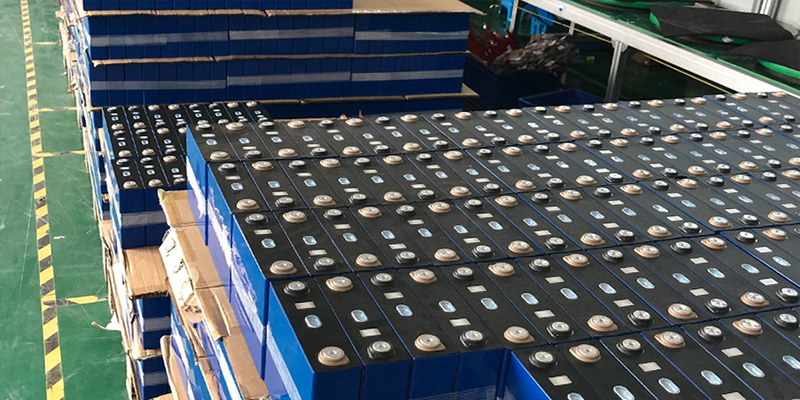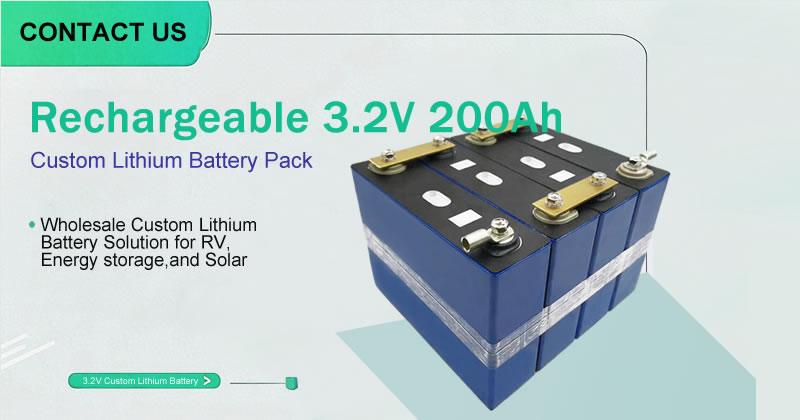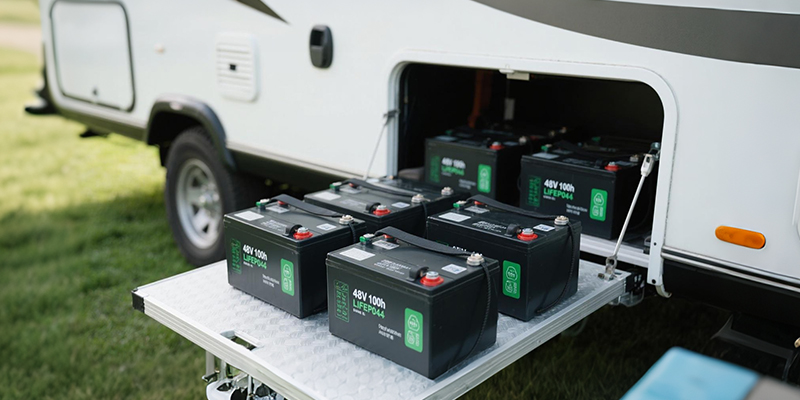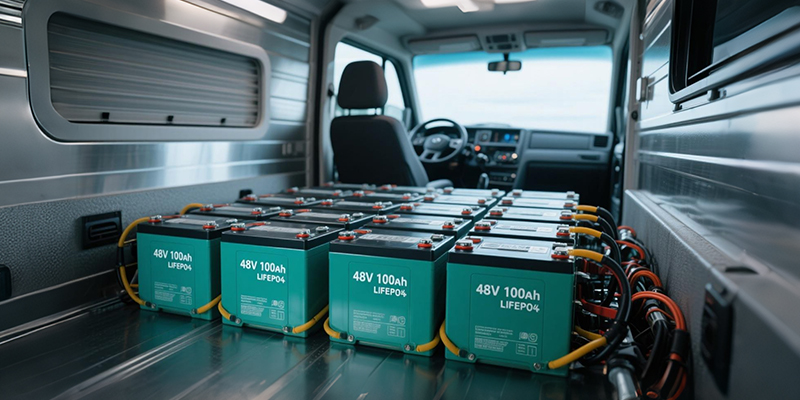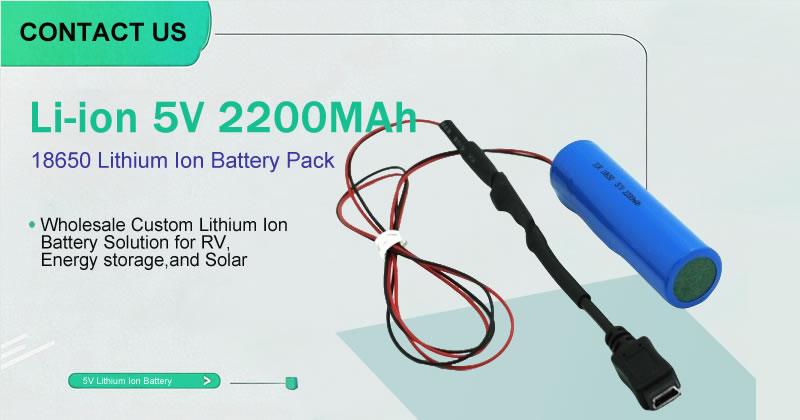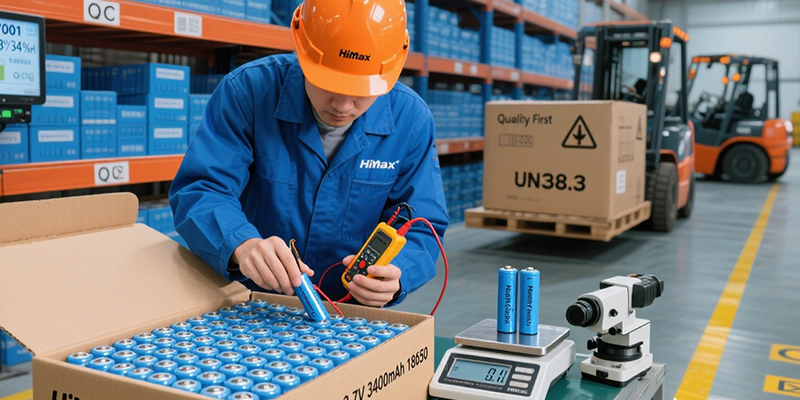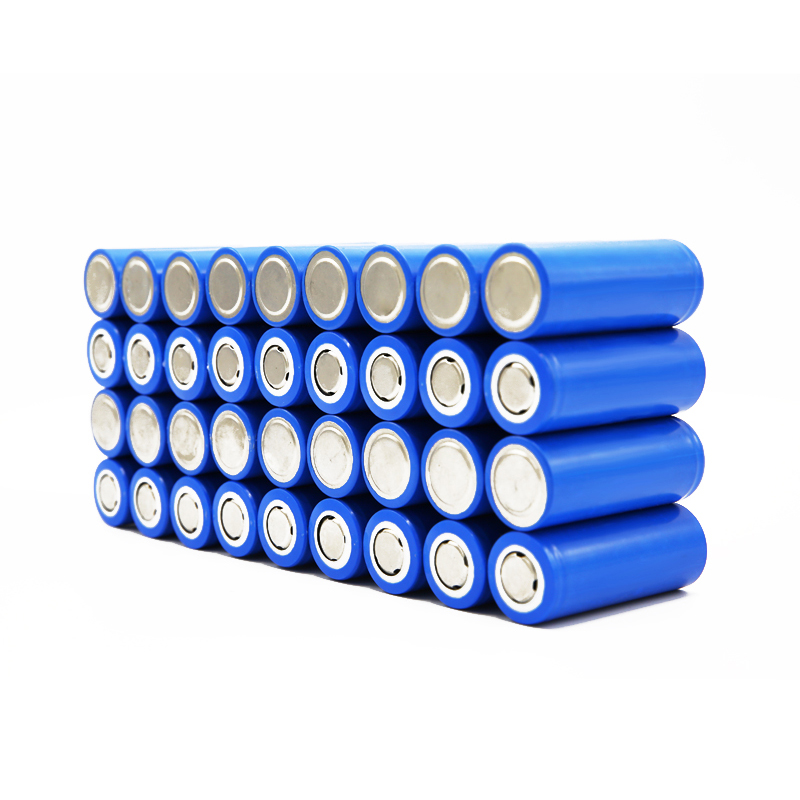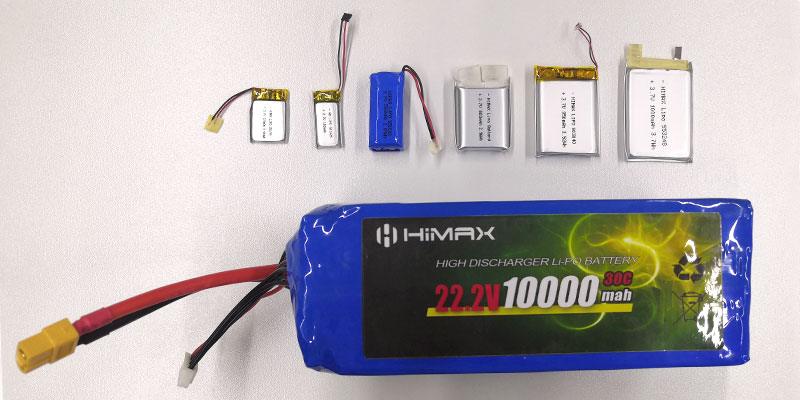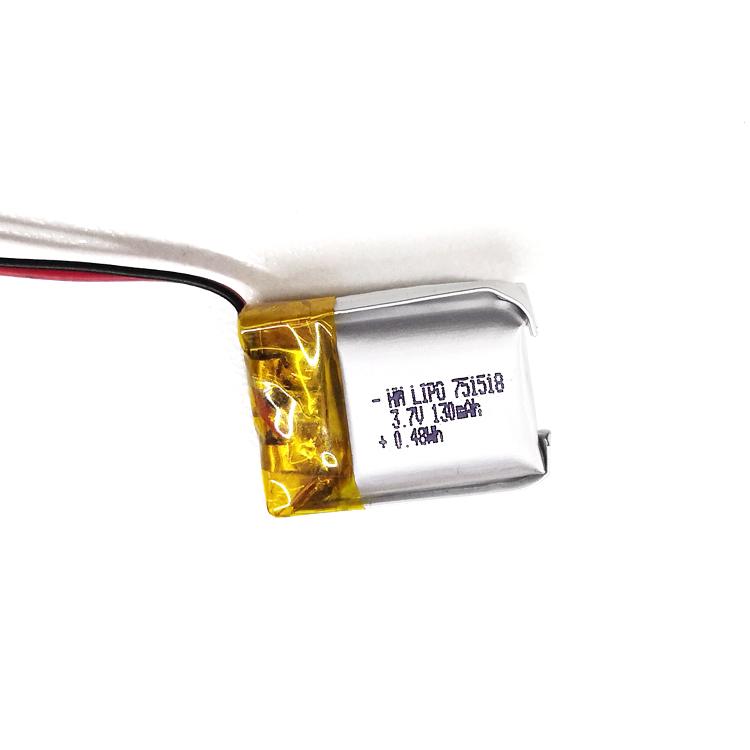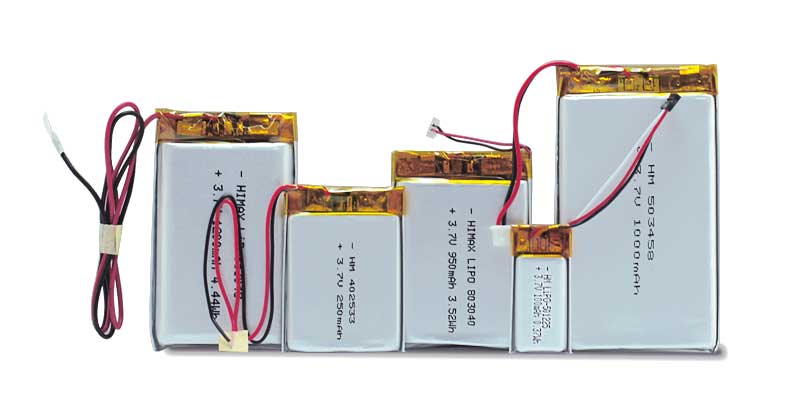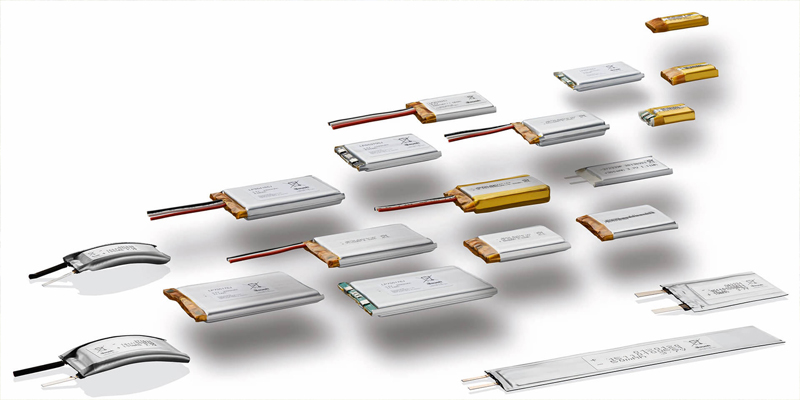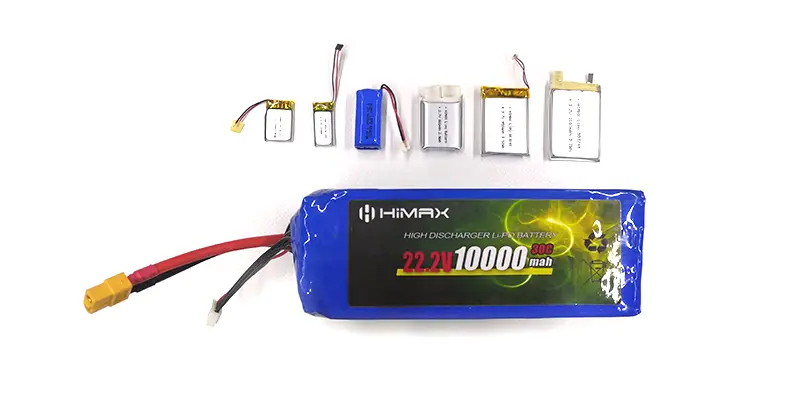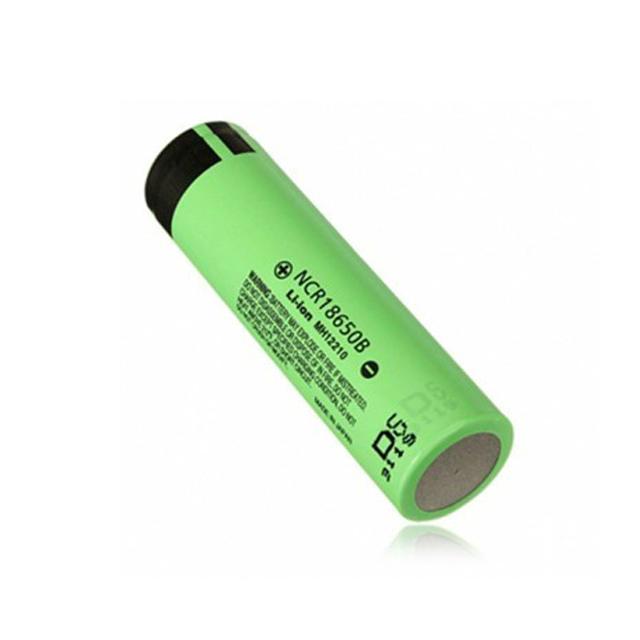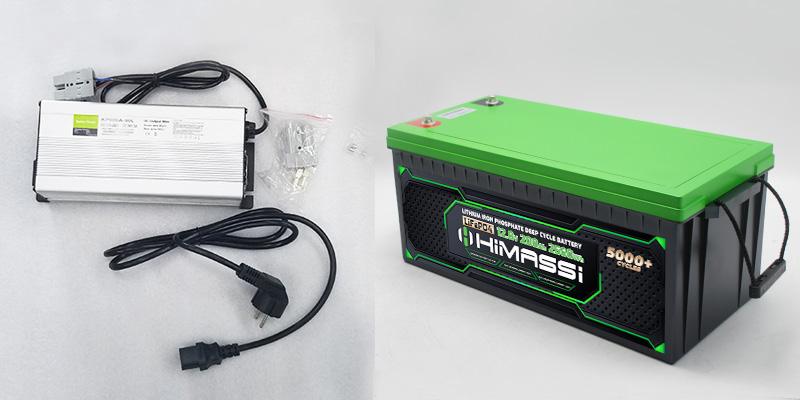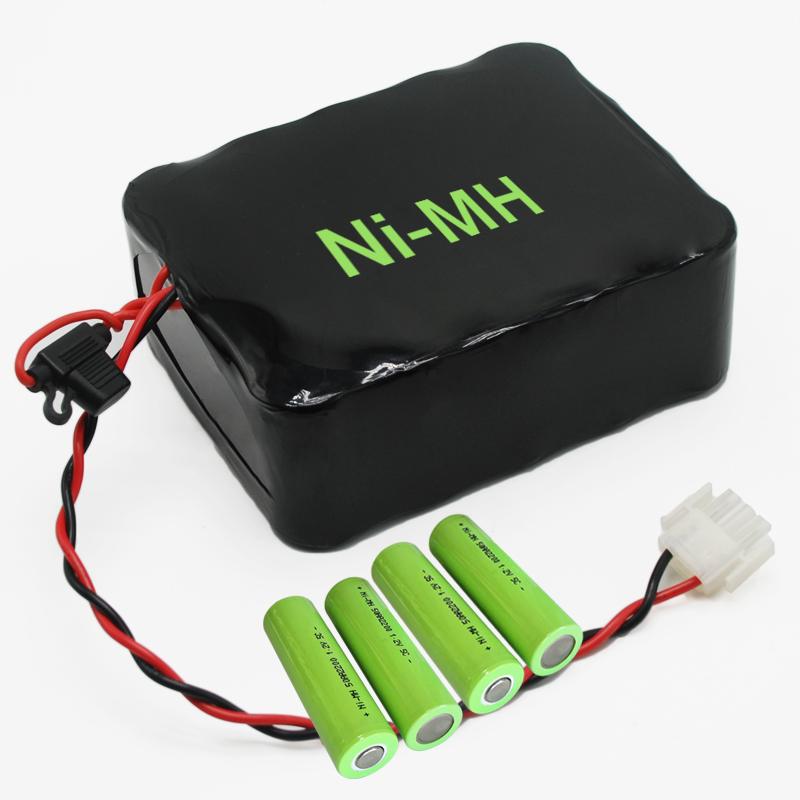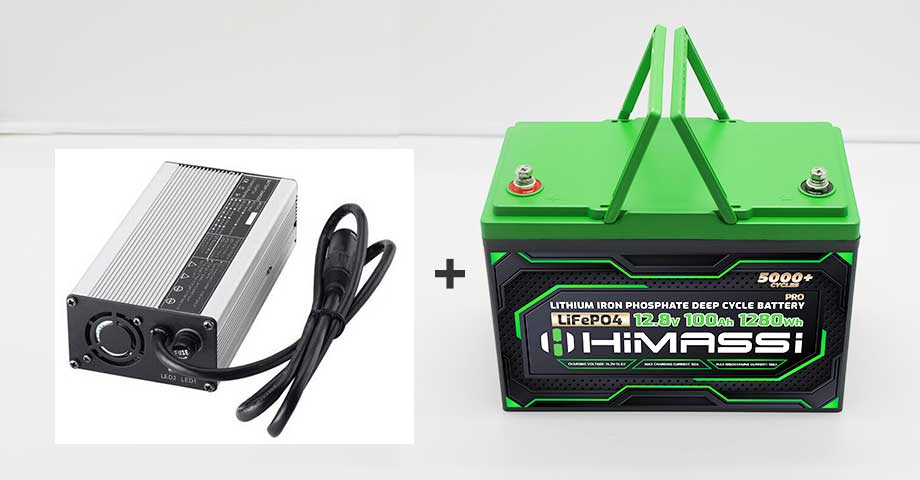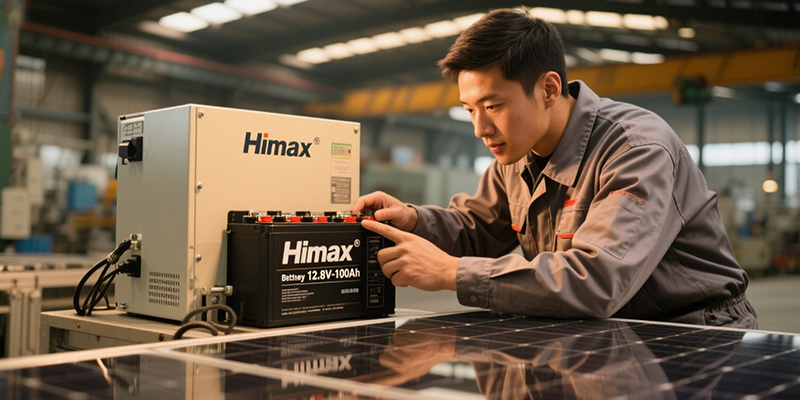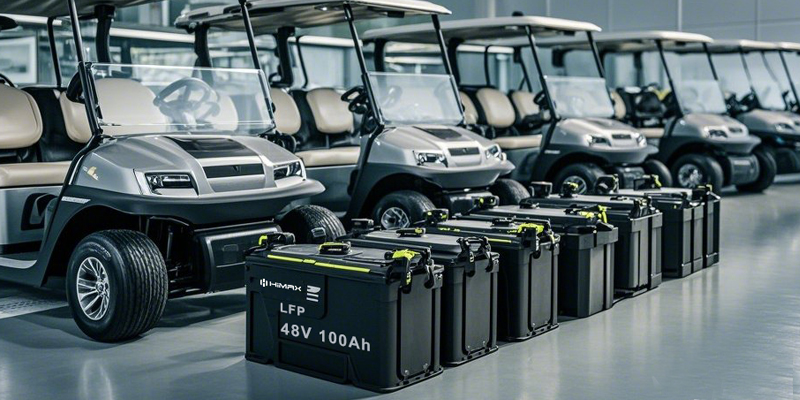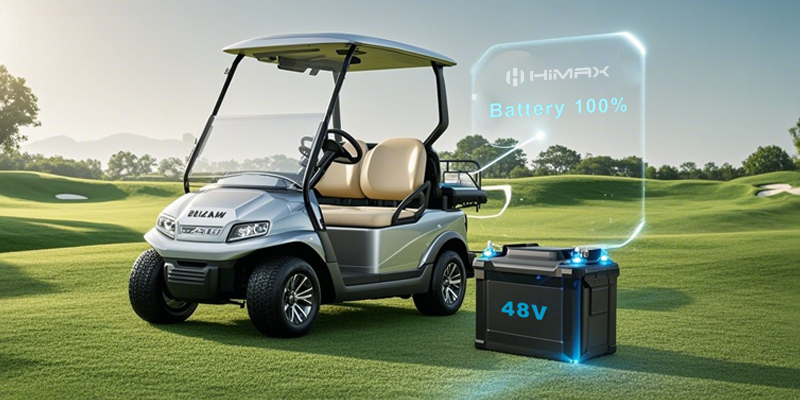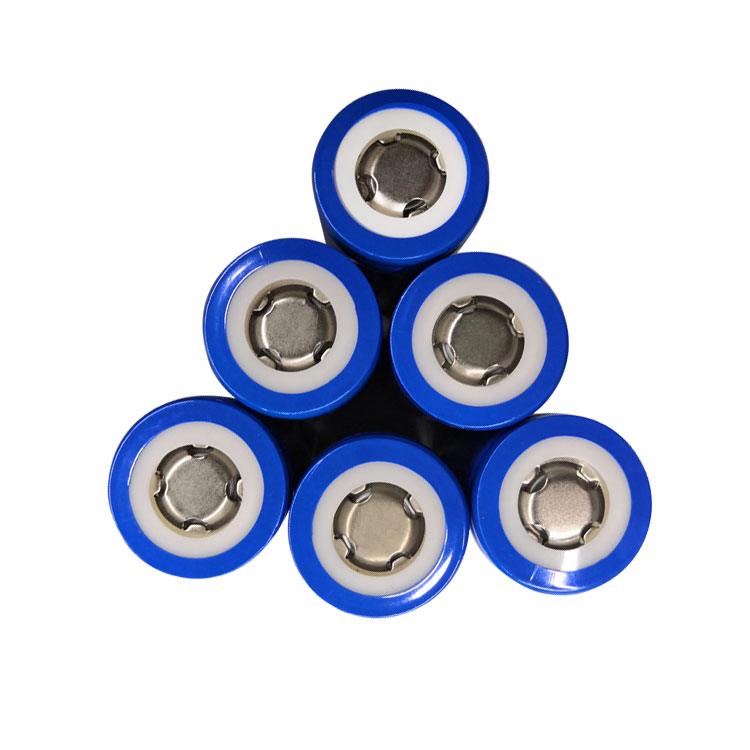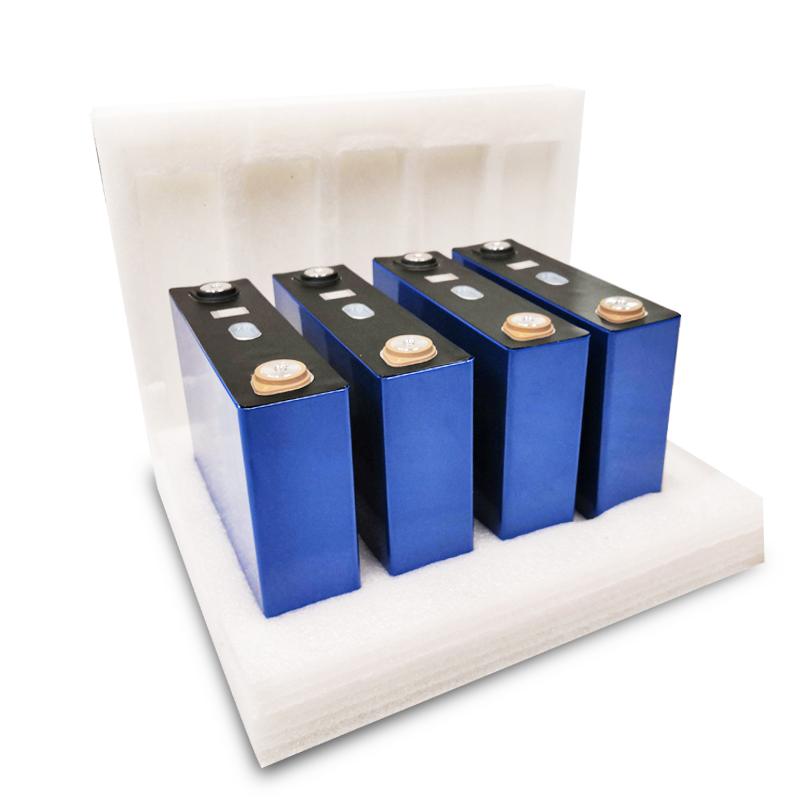A Revolution in Energy Storage Driven by Technological Innovation
The 314Ah prismatic battery is a high-capacity lithium-ion battery. Its name, “314Ah,” reflects its impressive 314 ampere-hour capacity, while “prismatic” describes its distinctive rectangular shape. This design maximizes space efficiency and enhances heat dissipation, giving it a significant edge in industrial applications.
Compared to traditional batteries, the 314Ah prismatic battery boasts a range of remarkable technical features: its energy density reaches 180–200 Wh/kg, meaning it can store more energy for the same weight; under 80% depth of discharge, it achieves over 6,000 cycles, translating to stable operation for more than 15 years with one daily charge-discharge cycle; and, impressively, it maintains consistent performance across a wide temperature range of -20°C to 60°C, with specialized versions capable of handling even harsher conditions. These attributes collectively form the solid foundation for the 314Ah prismatic battery’s rise in industrial energy storage.
The Perfect Balance of Cost and Performance
Cost sensitivity is paramount in the industrial sector, and the 314Ah prismatic battery excels in delivering economic benefits. For a 1 MWh energy storage system, using 314Ah batteries reduces the number of cells needed by approximately 70% compared to 100Ah batteries. This not only cuts costs for connectors, wiring, and mounting structures but also significantly simplifies battery management system complexity. With maturing production processes, the cost per kilowatt-hour has dropped to the $100–120 range and continues to decline.
However, cost savings are only part of the story. In terms of performance, the 314Ah prismatic battery supports 2C continuous discharge and 3C pulse discharge, enabling rapid response to grid frequency regulation demands. Its capacity degradation rate is below 0.02% per cycle, far surpassing the 0.05–0.1% of traditional technologies. Its modular design allows for flexible configurations, from tens of kWh to hundreds of MWh, making it adaptable to applications ranging from small factories to large-scale grids.
Safety is always a top priority in industrial applications, and the 314Ah prismatic battery shines here as well. Its prismatic metal casing is more resistant to mechanical impacts than pouch cells, and a multi-tab internal design reduces the risk of localized overheating. An intelligent monitoring system tracks each battery’s status in real-time, predicting potential faults, while multiple safety features—such as ceramic separators and flame-retardant electrolytes—ensure that a single cell failure won’t trigger a chain reaction.
Versatile Applications Showcase Remarkable Adaptability
In the renewable energy sector, 314Ah prismatic batteries are playing an increasingly vital role. A case study of a 100 MW solar power plant with a 40 MWh storage system showed that using 314Ah batteries saved 25% in footprint compared to traditional solutions. In wind farms, their millisecond-level response meets the stringent demands of grid frequency regulation.
For commercial and industrial users, peak-valley arbitrage is an effective way to lower electricity costs. A manufacturing company that installed a 2 MWh 314Ah battery storage system saved approximately $80,000 annually on electricity bills through one daily charge-discharge cycle, achieving a payback period of less than five years. Notably, the system also serves as an emergency power source during grid outages, preventing costly production interruptions.
In areas with weak grids or island environments, hybrid systems combining 314Ah batteries with renewable energy are transforming energy use. A resort island replaced 70% of its diesel generation with a “solar + 314Ah storage” system, saving $400,000 annually in fuel costs while significantly improving local environmental quality.
The data center industry is also undergoing a backup power revolution. A cloud computing center that switched to 314Ah batteries from lead-acid batteries reduced its backup system volume by 60% and weight by 55%, eliminating the need for dedicated air-conditioned rooms and saving substantial infrastructure costs.
The Future Is Here: A Promising Path of Continuous Evolution
Looking ahead, the future of 314Ah prismatic batteries is bright. Material innovations, such as silicon anodes and solid-state electrolytes, are expected to push energy density above 250 Wh/kg and cycle life beyond 10,000 cycles. Manufacturing advancements, like dry electrode processes and continuous lamination techniques, will further boost production efficiency, potentially reducing costs to below $80 per kWh by 2025.
System integration is also becoming smarter, with deeper integration of photovoltaic inverters, energy management systems, and other equipment paving the way for more “all-in-one” storage solutions. As the volume of retired batteries grows, robust recycling networks and efficient recycling technologies will create a closed-loop industry, enhancing the sustainability of 314Ah batteries.
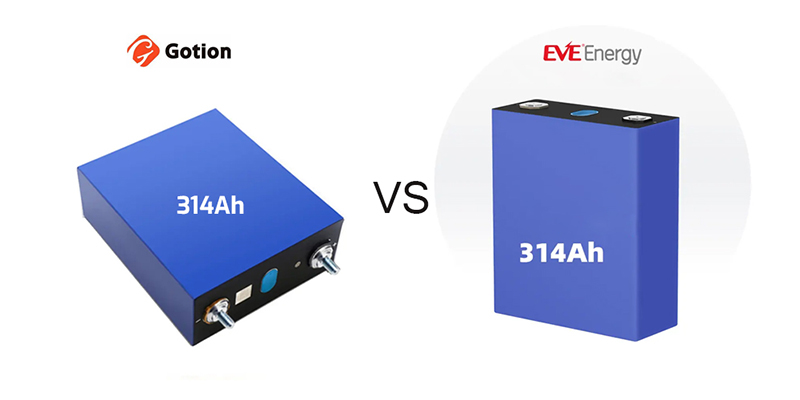
Choosing a Trusted Partner
Among numerous battery suppliers, HIMAX stands out with its 314Ah prismatic batteries, which combine advanced lithium-ion technology with rigorous German engineering standards. Its products offer an ultra-long lifespan of 7,000 cycles at 80% depth of discharge, exceptional safety through a patented multi-level thermal management system, charge-discharge efficiency above 95%, and flexible customization to meet the unique demands of various industrial applications.
From large-scale solar storage plants to commercial peak-valley arbitrage systems, critical facility backup power, and off-grid microgrids, HIMAX’s expert team provides end-to-end services, from solution design to installation and commissioning. In this era of energy transition, choosing the right storage solution is not just about operational efficiency today but also about unlocking future potential.
As night falls and city lights remain bright, with factory machines still humming, the quietly working 314Ah prismatic batteries are undoubtedly the bedrock of modern industrial civilization. In a future shaped by clean energy and efficient storage, they are poised to play an increasingly pivotal role.

